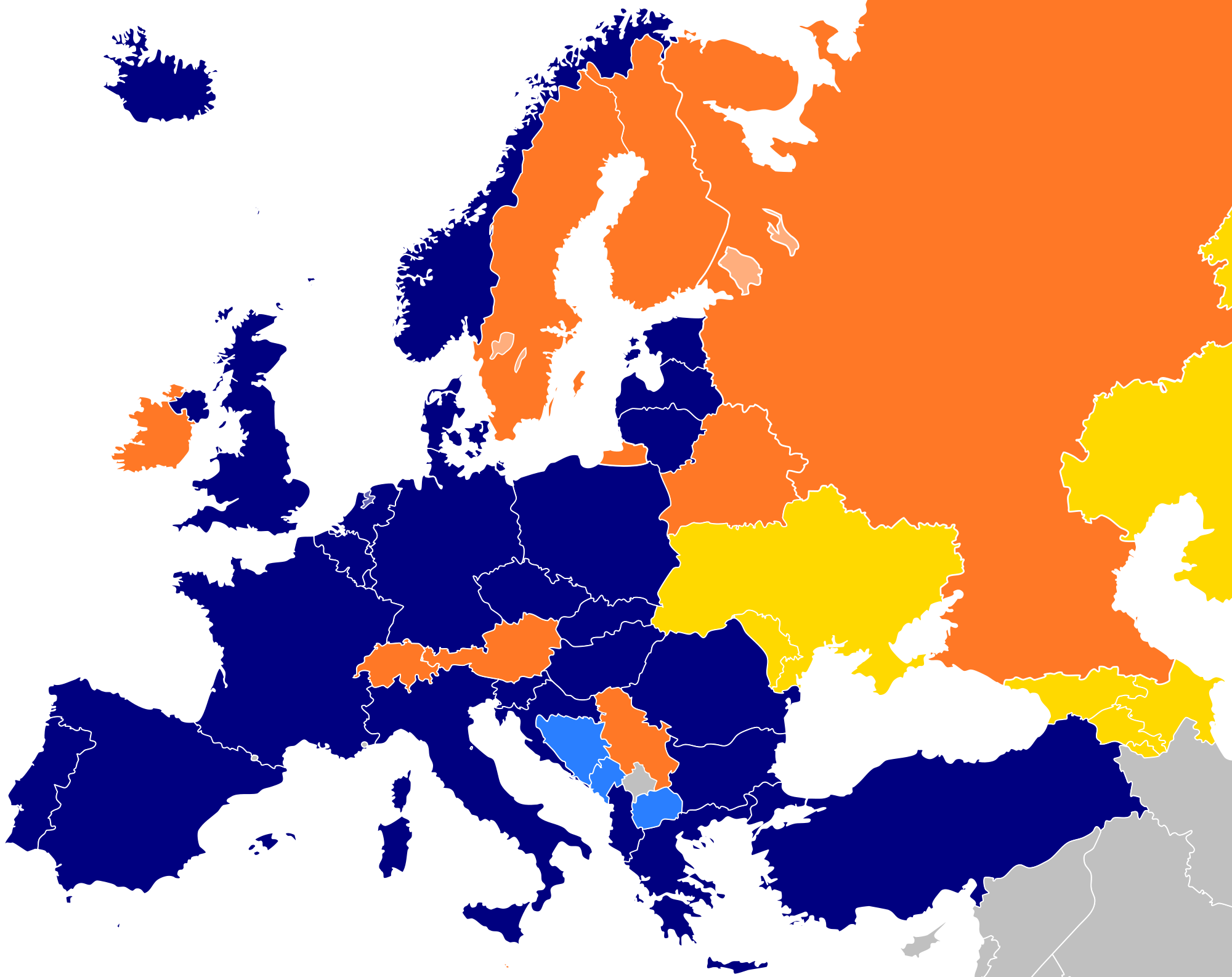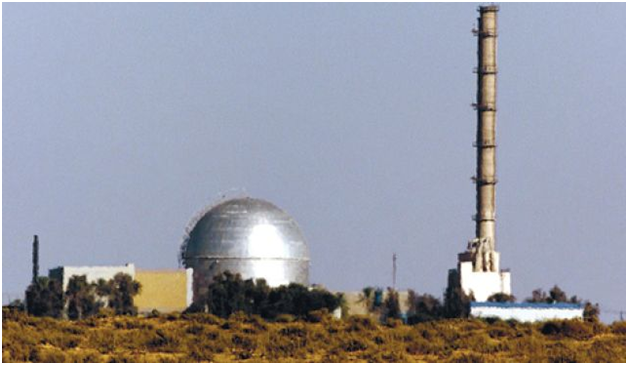I have been blogging lately about national nuclear arsenals. After talking about Israel and China. Today, I am going to discuss aspects of the Russian nuclear arsenal. The U.S. State Department published a report on September 1st of this year about Russian nuclear weapons developments. The report stated that Russia has now reached parity with U.S. strategic nuclear weapons. Russia now has five hundred and twenty eight delivery vehicles that can carry one thousand six hundred and forty three nuclear warheads as compared to seven hundred and ninety four delivery vehicles that can carry one thousand six hundred and fifty two nuclear warheads.
The Russian strategic nuclear forces are actually more sophisticated than the U.S. which permits the Russians to deliver more warheads with fewer delivery vehicles. Russian officials are promising to add more advanced missiles to their nuclear arsenal which will put them ahead of the U.S. In spite of the progress that the U.S. and Russia have made on nuclear disarmament through a series of treaties, Russia is improving their nuclear arsenal.
The Start-3 treaty that was signed by the U.S. and Russia Presidents went into force in February of 2011. It called for both countries to reduce their nuclear warheads to one thousand five hundred and fifty and cut their delivery vehicles to seven hundred by 2021. The Russians gained strategic advantages from the treaty that were not granted by the Start-1 and Start-2 treaties. While they were increasing their warheads, the U.S. decreased the number of their warheads. In addition, the Russians ceded no ground with respect to the number of multiple warhead ICBMs they were allowed awe well as the opportunity to develop rail carried ICBMs and other mobile ICBM deployment. The Russians have also deployed a new generation of long-range nuclear cruise missiles on submarines of the Black Sea Fleet and the Caspian Flotilla.
With respect to NATO forces, the Russians are also gaining ground. Russia has twenty thousand tanks to the six thousand heavy tanks that the U.S. had stationed in NATO countries during the Cold WAr. In order to make up for the imbalance, NATO had deployed tactical nuclear weapons. Seven thousand tactical nuclear devices were sent to NATO by the U.S. in the 1970s to defend NATO against a possible ground invasion from Russia. These included ammunition for 203-mm and 155-mm caliber launcher as well as Lance missiles with one to ten kiloton nuclear warheads. The U.S. has withdrawn all of its tanks from NATO countries. Currently, NATO countries have two hundred and sixty nuclear weapons. The U.S. has two hundred nuclear bombs in Europe on six air bases. France has sixty nuclear bombs in its arsenal. These are the only nuclear devices available to defend NATO countries.
Russia now has at least five thousand tactical nuclear devices including torpedo, aerial and artillery warheads. The U.S. has three hundred bombers in U.S. territories but has destroyed its tactical nuclear missiles, land based missiles and nuclear Tomahawk cruise missiles that can be launched from submarines. Strategically, Russia is better armed than NATO. Given that Russia has embarked on a risky strategy of threatening its neighbors following its annexation of Crimea, this imbalance of forces between Russia and NATO is very troubling.
No one can win a nuclear war and that includes a war with tactical nuclear weapons. Not only is the land where the battles take place going to be a radioactive wasteland, prevailing winds will carry fallout far beyond the battle field. And either side could decide to escalate to full nuclear war with long range missiles if it felt that it was losing the ground battle. Unless the Russian leadership is insane, they are bullying neighboring countries with the assumption that everyone is so afraid of nuclear war that they will wring concessions out of NATO without actually using any nuclear devices. While this may seem like a sound strategy to them, it could very easily start World War Three and destroy human civilization. It is a dangerous game that Russia is playing.
NATO countries in blue:






